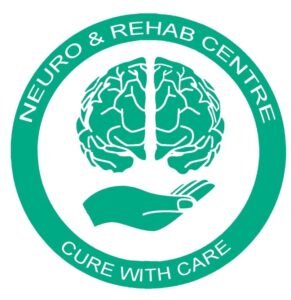In the tapestry of childhood development, speech and language skills are paramount threads. When these threads fray, resulting in speech delays, it can affect a child’s ability to communicate, leading to challenges in learning, social interaction, and emotional development. This is where speech therapy steps in as a beacon of hope, guiding children through the fog of speech and language difficulties.
The Journey to Clear Communication
Speech delays in children can vary from simple articulation difficulties to complex language disorders. An occupational therapist often collaborates with speech-language pathologists to provide a holistic approach to treatment. This synergy is pivotal in creating individualized therapy plans that cater not just to speech, but also to the sensory and motor skills that underpin it.
Crafting the Tools for Success
The essence of speech therapy lies in its tailored strategies. Through engaging activities that range from storytelling to playful sound repetitions, therapists work tirelessly to strengthen a child’s linguistic abilities. These sessions are more than just learning to pronounce words correctly; they’re about building confidence, enhancing listening skills, and fostering effective communication.
Innovative Techniques in Speech Therapy
Occupational therapists bring a wealth of knowledge to the table, particularly when addressing speech delays that stem from or are related to sensory processing issues. Techniques such as oral motor exercises and sensory integration therapy are employed alongside traditional speech therapy methods, ensuring a comprehensive treatment plan.
The Role of Parents in Speech Therapy
Parental involvement is instrumental in the success of speech therapy. Therapists empower parents with tools and techniques to continue the therapy at home, turning everyday interactions into therapeutic opportunities. The home becomes an extension of the therapy environment, reinforcing progress and encouraging the development of new skills.
Embracing the Digital Age
With the digital revolution, teletherapy has emerged as a powerful modality, bringing speech therapy to the home via screen. This has proven particularly beneficial in reaching children in remote areas or those unable to attend in-person sessions.
Final Thoughts
The journey through speech therapy is a partnership between the child, therapist, and family. It’s a path of discovery, learning, and, ultimately, triumph as children overcome their speech delays to find their voice.




